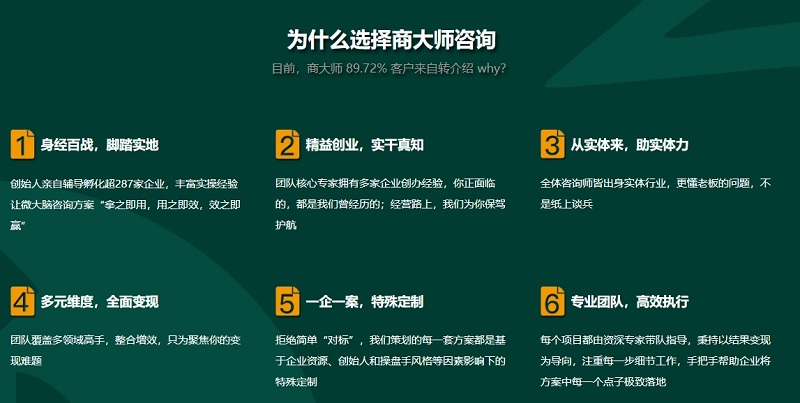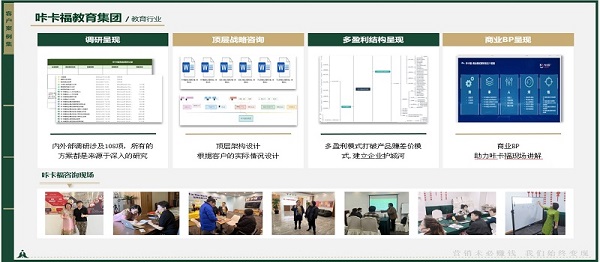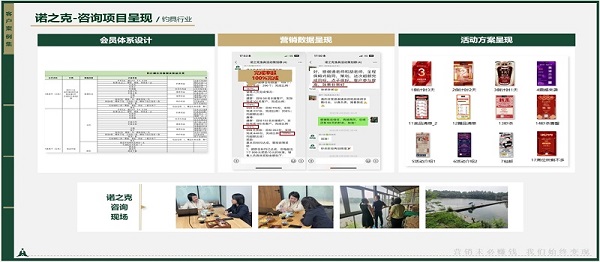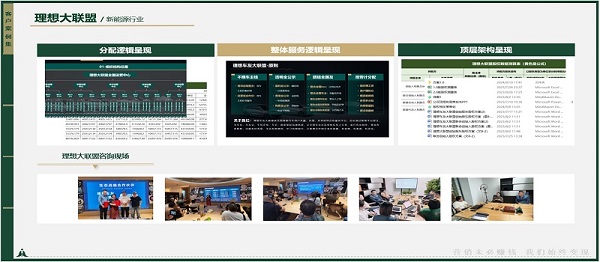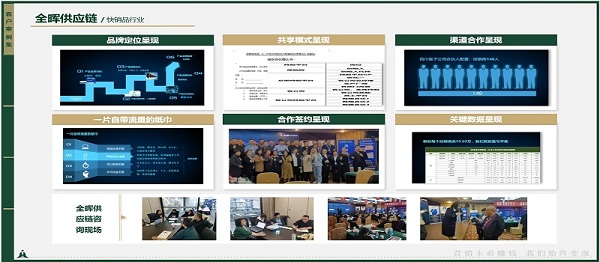品牌战略的核心构成
Brand strategy is a systematic plan that integrates a company's vision, values, and market positioning. It includes brand positioning, core value proposition, visual identity system, communication strategy, and long-term management mechanisms. Through these elements, brands can establish differentiated competitive advantages in the minds of consumers.

品牌定位与目标市场
Brand positioning clarifies the unique space a brand occupies in the market. It requires precise analysis of target consumer groups, competitive landscapes, and product differentiation points. Successful positioning examples include Volvo's "safety" and Apple's "innovation," which create deep cognitive imprints.
视觉识别体系构建
The visual identity system (VIS) translates brand concepts into tangible symbols. It encompasses logo design, color schemes, typography, and packaging style. Starbucks' green mermaid emblem and Coca-Cola's dynamic ribbon design exemplify how visual elements enhance brand recognition.

品牌传播策略设计
Communication strategies determine how brand messages reach audiences. This includes advertising channels, content marketing, social media operations, and PR activities. Emerging brands like Perfect Diary leverage KOL collaborations and big data targeting to achieve rapid market penetration.

长期管理与价值维护
Brand strategy requires continuous optimization. Through consumer feedback monitoring, market trend analysis, and crisis management mechanisms, companies can maintain brand vitality. Luxury brands such as Louis Vuitton balance heritage preservation with innovation to sustain market leadership.
战略差异化的实现路径
Effective differentiation stems from deep consumer insights. Enterprises should focus on unmet needs in segmented markets. Dyson's success in the household appliance sector demonstrates how technological innovation and design aesthetics can create unique selling propositions.
数字化时代的战略转型
Digital transformation has reshaped brand-consumer interactions. Omnichannel experience design and data-driven personalized services are becoming critical. Nike's membership ecosystem and Uniqlo's smart retail models illustrate successful digital strategy implementations.
全球化与本土化平衡
Multinational corporations must address cultural adaptation challenges. KFC's localized menu innovations in China and McDonald's vegetarian options in India show how global brands maintain core values while respecting regional characteristics.
中小企业战略制定要点
SMEs should prioritize resource concentration. Selecting specific product lines or regional markets for breakthrough, then expanding gradually. Emerging tea brands like Heytea initially focused on premium markets before nationwide expansion.
战略效果评估指标体系
Key metrics include brand awareness, loyalty, and premium pricing capability. Advanced evaluation tools like brand equity models and NPS surveys help quantify strategic effectiveness. Regular audits ensure alignment between brand actions and strategic objectives.

